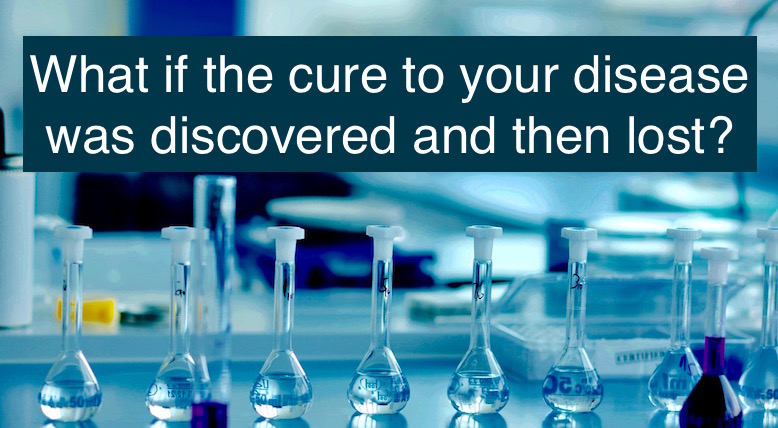Could this be a reality? We all know that not all good ideas gain traction and become reality. This is true for inventors, for business, for things around the home and for medical research.
Discoveries and good ideas that are never disclosed and disappear without a trace may later be rediscovered and lead to future applications and outcomes. But what about the ideas and discoveries that become public, get some attention and then fail to reach their full potential.
Some of these may be picked up by others, redesigned, recapitalised, managed differently and become future successes. By managing risk and identifying pathways for success entrepreneurs, investors and business may look for alternative pathways to create value and benefits.
The pathway to take discoveries from medical research to product takes a long time. It has a high technical failure rate, costs a lot of money, requires rigorous regulatory approval and needs many different skill sets to deliver a new innovation to the people in need.
With rare exceptions, government, philanthropists and academia are not able to develop new medicines, vaccines, diagnostics and devices on their own. They need to attract investors and industry partners who cannot only provide the hundred’s of millions of dollars required but can also leverage their experience, capability and capacity in bringing a product to market in the regulatory environment.
The way in which research is managed, disclosed, protected and supported by non-research specialists to support translation and commercialisation is vital to attract the right partners.
The risk for government is too high. Investors and industry need a financial reward. Philanthropy generally doesn’t have the resources, capability or capacity to do this on their own. All parties seek a social return.
What if; not all the pieces were in place, some excellent research published, protection no longer available and the opportunity to attract a partner extinguished.
Could the cure for your disease be lost, forever?
Join the conversation in Brisbane on the 18/19 October 2016 at our conference “Supporting Biomedical Innovations: Getting Innovations on the Right Track”
[poll id=”23″]


